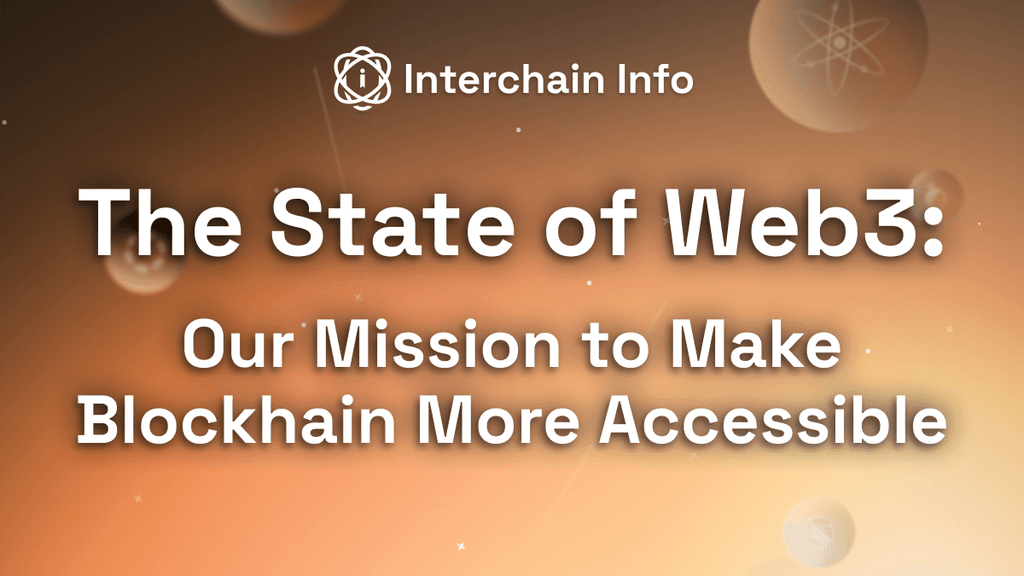Overview
Catalyst is a groundbreaking cross-chain automated market maker (AMM) that facilitates atomic swaps of native assets across various blockchain networks. Its primary goal is to dissolve the barriers between blockchains, allowing users to access assets and applications across multiple chains seamlessly. Catalyst achieves this through its innovative Unit of Liquidity, permissionless deployments, and a robust solver network, ensuring fast, secure, and cost-effective transactions.
Key Features
Permissionless Deployments
Catalyst is designed to be deployed on any blockchain without the need for permission. This feature allows any new chain to connect to the Catalyst network effortlessly, enabling immediate access to liquidity from other connected ecosystems such as Ethereum, Cosmos, and various Layer 2 solutions. This permissionless approach democratizes access to liquidity and supports a diverse range of assets that might not be available on other platforms.
Unit of Liquidity
The Unit of Liquidity is a core innovation of Catalyst that standardizes asset value across different blockchains. When users deposit assets into a Catalyst pool, they receive an equivalent amount of Units of Liquidity, which can be transferred and redeemed on other chains. This mechanism simplifies cross-chain swaps by providing a common value representation, eliminating the need for intermediary tokens and reducing transaction complexity.
Cross-Chain Interoperability
Catalyst excels in facilitating cross-chain interoperability. It uses Arbitrary Messaging Bridges (AMBs) to transport and verify swap messages between different blockchain networks. This system ensures that users can swap assets securely and efficiently without being restricted by their current holdings on a single chain. Catalyst’s solver network further enhances this process by optimizing and executing swaps rapidly, often within seconds.
Security and Decentralization
Catalyst places a strong emphasis on security and decentralization. It operates as a decentralized, self-custodied protocol maintained by a diverse community of contributors. The protocol’s security model minimizes risks by using a single bridge message per swap and eliminating state synchronization and intermediate token locks. This design reduces potential attack vectors and enhances overall transaction security.
Scalability and Efficiency
Catalyst’s architecture is highly scalable and efficient. The protocol can handle a large number of assets and chains within its pools, significantly reducing liquidity fragmentation. By leveraging the Unit of Liquidity, Catalyst ensures that cross-chain liquidity is locally available, making it an ideal solution for both developers and users seeking scalable liquidity options.
How It Works
Swap Process
The Catalyst swap process involves several coordinated steps to ensure seamless and secure transactions. When a user initiates a swap, they deposit their assets into a Catalyst vault on the source chain. The protocol calculates the Unit of Liquidity based on the deposited assets and generates a swap message, which is then sent through an AMB to the destination chain. Upon receiving the message, the destination chain’s vault recalculates the Unit of Liquidity to determine the equivalent amount of assets to be delivered to the user’s wallet. This entire process is designed to maintain asset control and security, even in the event of a swap failure.
Developer Integration
Catalyst is designed with developers in mind, offering simplified integration for creating new chains and connecting them to existing networks. The protocol’s open-source nature and comprehensive documentation provide developers with the tools they need to build and innovate within the Catalyst ecosystem. This approach encourages the development of new applications and enhances the overall functionality and reach of the Catalyst protocol.
Advantages
Enhanced User Experience
Catalyst offers a streamlined user experience by enabling one-click transactions on any supported chain. Users can swap native assets directly without relying on wrapped tokens or multiple transaction approvals. This simplicity reduces friction and makes cross-chain interactions more accessible and user-friendly.
Support for Modular Blockchains
Catalyst’s flexibility extends to supporting modular blockchains, which consist of different interchangeable modules performing specific functions. This modular approach allows blockchains to be more adaptable and scalable, aligning with Catalyst’s vision of a highly interconnected and efficient blockchain ecosystem.
Ecosystem and Community
Catalyst is maintained by a vibrant community of contributors and supported by prominent investors and partners. This collaborative environment fosters continuous improvement and innovation, ensuring that Catalyst remains at the forefront of cross-chain liquidity solutions.







